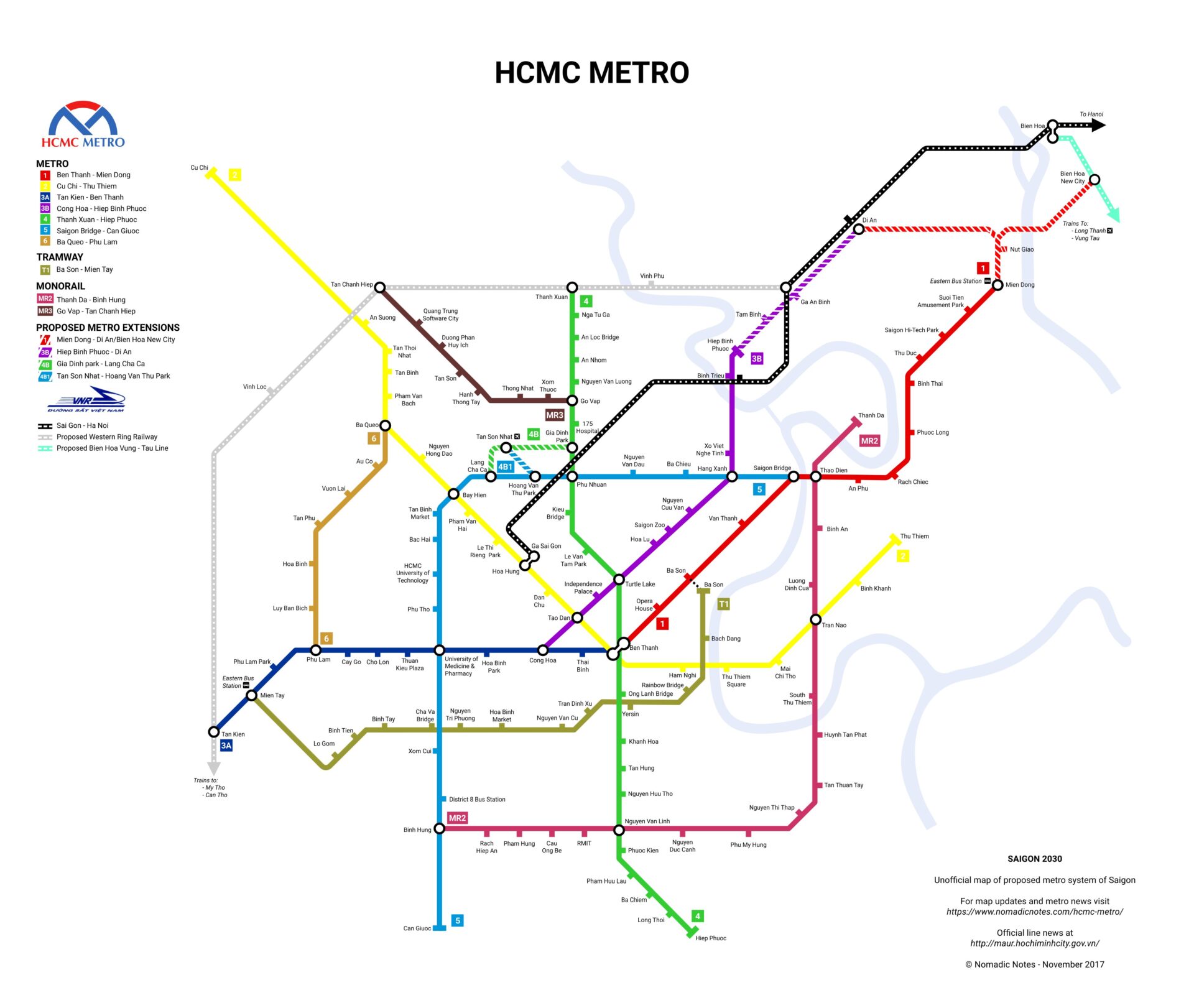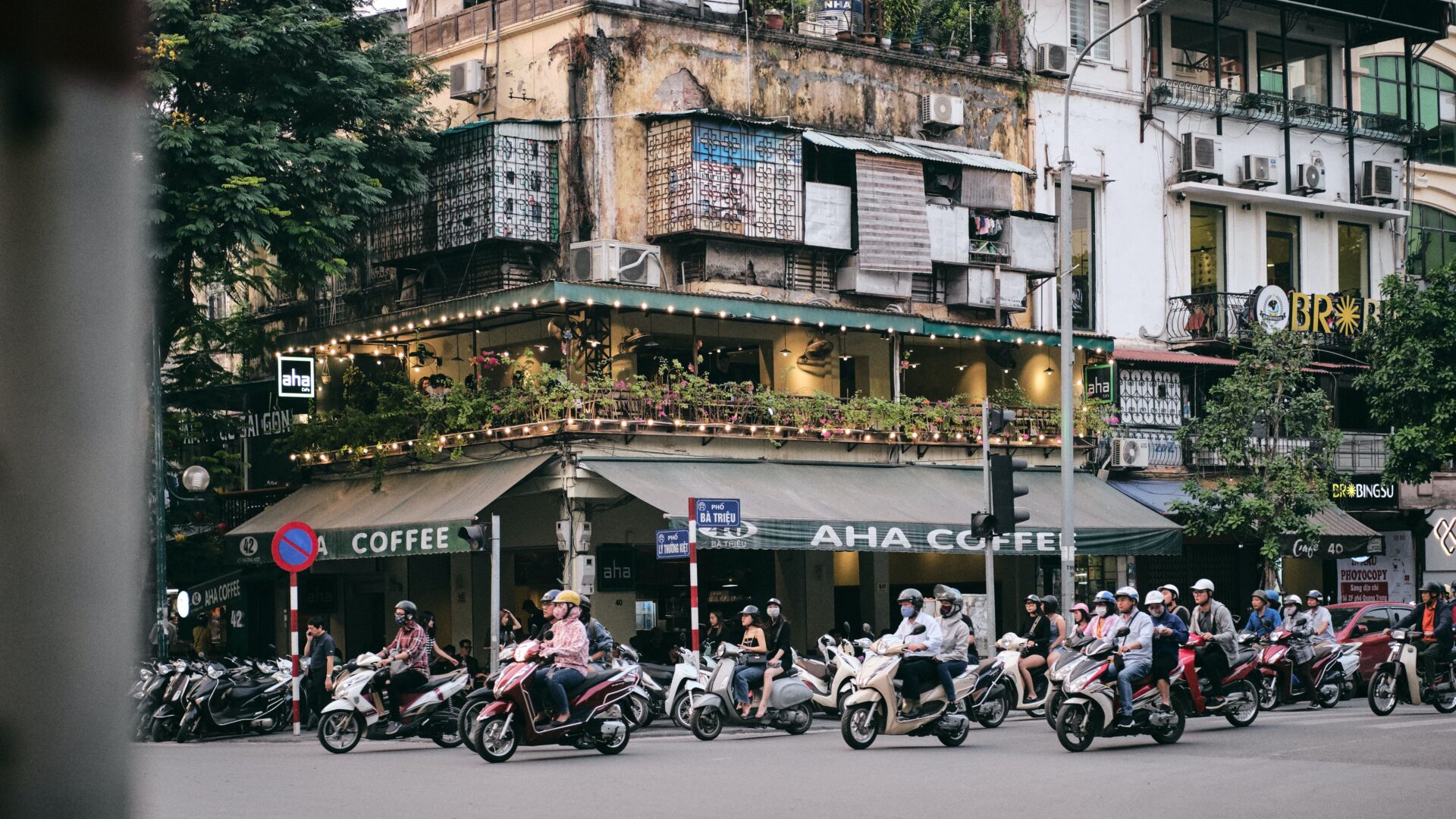Vietnam Power & Plug Guide: Voltage, Outlet Types, and Adapter Tips for Travelers

Planning a trip to Vietnam? Don’t overlook one crucial detail: how to charge your devices abroad. Power plugs, voltage, and outlet types differ from your home country, and using incompatible devices can result in damage or frustration. In this guide, we’ll explain everything you need to know about Vietnam’s electrical system, including voltage, plug types, adapter recommendations, and essential gear to bring with you—so you can avoid power-related travel headaches.
目次
1. Voltage and Frequency in Vietnam
Vietnam uses 220 volts (V) and 50 hertz (Hz).
This is significantly different from Japan (100V) and also varies from the U.S. (120V/60Hz). Plugging in a 100V-only device in Vietnam without proper precautions can result in permanent damage, overheating, or even fire.
To stay safe, always check the voltage compatibility of your devices before plugging them in.
2. What Plug Types Are Used in Vietnam?
In Vietnam, three main plug types are commonly used:
- Type A: Flat two-prong (same as Japan and North America)
- Type C: Round two-prong (common in Europe)
- Type F: Round two-prong with grounding clips (also European-style)
Many hotels, especially in cities, offer universal or A-type compatible outlets, but some older buildings, cafés, and budget accommodations may only support C or F type plugs.
✅ Recommendation: Bring a universal travel adapter that supports A, C, and F plug types.
3. Can You Use Japanese or Foreign Electronics in Vietnam?
Whether or not your device works in Vietnam depends on its voltage rating:
- Devices labeled “100–240V” (most smartphones, laptops, cameras) → ✅ Safe to use
- Devices labeled “100V only” (hair dryers, curling irons, rice cookers) → ⚠️ Need a voltage converter
High-power items like hair dryers may not function properly even with a converter, so it’s often safer to:
- Use hotel-provided appliances, or
- Purchase travel versions that are dual-voltage
To check your device, look for the voltage label printed on the charger or product:
Example:
Input: 100-240V ~ 50/60Hz→ ✅ Good to go!
4. Charging Smartphones and Laptops: What to Watch Out For
Smartphones and laptops are essential travel tools—but charging them safely requires attention to:
- Voltage compatibility (as covered above)
- Plug shape compatibility (use a travel adapter if needed)
- Power outlet availability—some hotels offer limited sockets
- USB ports—not always available in older hotels or public spaces
💡 Tips:
- Bring a USB charging hub or power strip to charge multiple devices at once
- Have a portable power bank for sightseeing days
- Use a fast-charging USB wall adapter if you’re short on time
Some airports and hotels offer charging stations, but they may have only Type C/F sockets. Having the right adapter will save you the stress of hunting for compatible power.
5. Must-Have Power Accessories for Vietnam Travel
Here’s a checklist of the best power-related items to pack for your Vietnam trip:
| Item | Why You Need It |
|---|---|
| ✅ Universal Plug Adapter | Ensures compatibility with Type A/C/F outlets |
| ✅ USB Charging Hub | Charge multiple devices at once in hotel rooms |
| ✅ Portable Power Bank | Stay powered on the go (10,000mAh or more recommended) |
| ✅ Fast-Charging Wall Adapter | Save time when charging in limited conditions |
| ✅ Spare Cables | Backup in case of damage or loss |
Many of these items are lightweight, compact, and worth the small investment to avoid inconvenience while traveling.
Final Thoughts: Stay Powered Up in Vietnam
Vietnam is an exciting country to explore—but without the right electrical preparation, even the best plans can get disrupted. Thankfully, with a little foresight, you can keep all your devices running smoothly and safely.
Key Takeaways:
- Voltage: 220V / 50Hz
- Plug Types: A, C, F
- Most electronics (smartphones, laptops) are usable with proper adapters
- Pack smart: bring adapters, USB hubs, and power banks
With the right knowledge and gear, you’ll never have to worry about charging your devices again during your stay in Vietnam.
(Photo by Unsplash.com)



